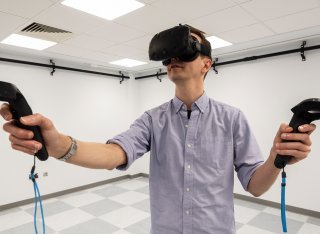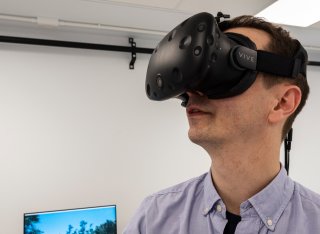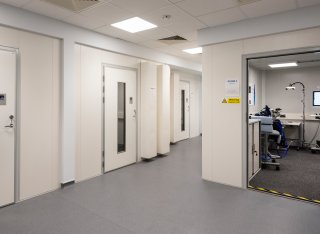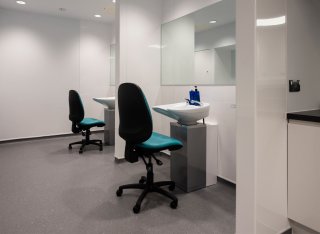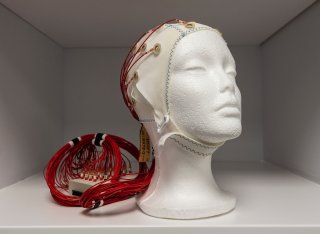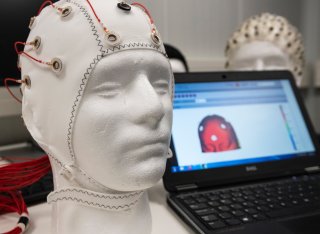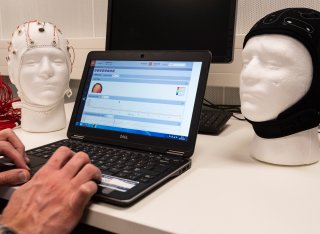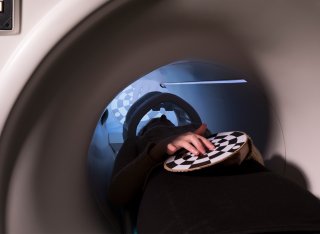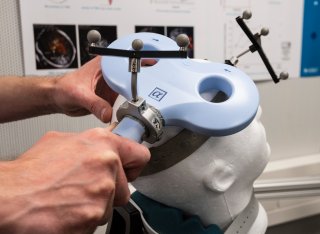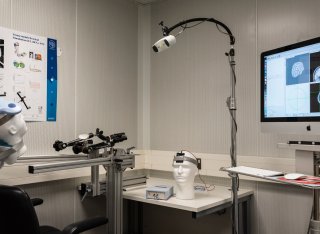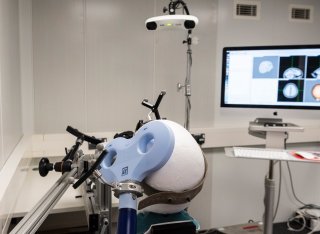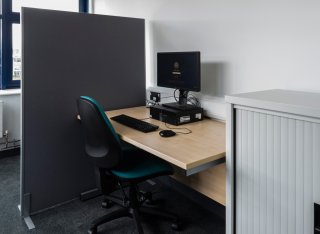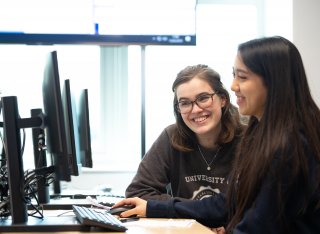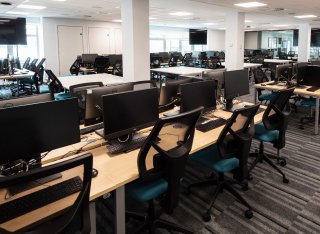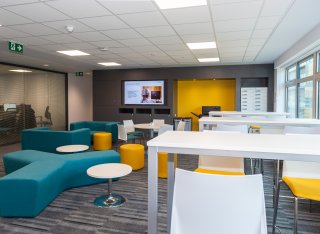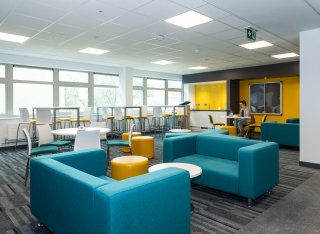
Facilities
Our facilities have undergone a £5 million investment, giving you access to the latest equipment, including a four-room virtual reality suite to simulate real-life scenarios, and two observation laboratories.
Take a tour of our facilities
Discover our state-of-the-art facilities, including our observations laboratories, magnetic resonance imaging (MRI) scanner and our Extended Reality (XR) Lab.
Our laboratories, equipment and learning spaces
With our equipment you can conduct experiments using electroencephalography (EEG), transcranial direct current stimulation (tDCS) and transcranial magnetic stimulation (TMS). You'll also be able to monitor eye tracking and physiological measures such as earlobe temperature, heart rate and galvanic skin response, in our laboratories and remotely, using mobile data loggers.



